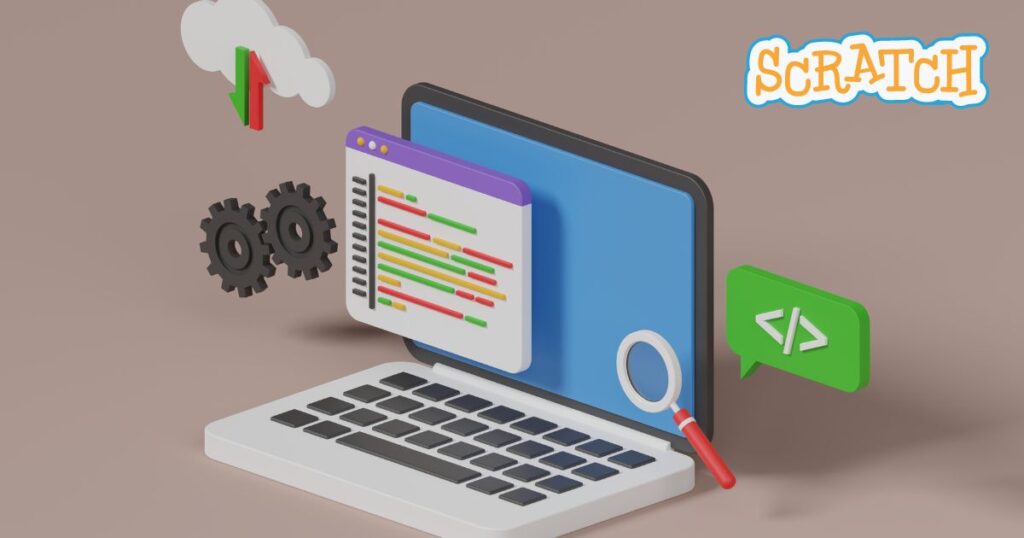How to Build Software from Scratch, Building a computer program from scratch can appear like an overwhelming errand, but it’s achievable with the right approach and devices.
Whether you’re creating a modern app, a site, or a complex framework, understanding the principal steps in computer program improvement will offer assistance in turning your thoughts into reality.
In this article, we will cover everything you require to know almost how to construct a computer program from scratch, from arranging and planning to coding and testing.
Understanding How to Construct Computer Programs from Scratch
Understanding How to Construct Computer Programs from Scratch
Building a program from scratch includes making a total application or framework without utilizing pre-built components or third-party arrangements.
It requires an organized approach to guarantee that all parts of the program work accurately and meet client needs. Here’s a step-by-step direct to offer assistance to you get it how to construct a program from scratch.
Step 1: Characterize the Extend Scope
Before plunging into coding, characterize what you need to accomplish. This involves:
- Identifying the Issue: Get it the issue your computer program will fathom. Conduct advertising inquiries about and accumulate input from potential users.
- Setting Objectives: Decide what highlights your program needs. List the center functionalities and any extra highlights that would improve the client experience.
- Creating Details: Compose a nitty gritty venture determination report laying out the software’s prerequisites, functionalities, and client interface.
Step 2: Arrange Your Software
A strong arrangement is vital for the effective improvement of the program. This organize involves:
- Choosing the Right Innovation Stack: Select the programming dialects, systems, and devices that best fit your project’s needs. Consider variables like execution, adaptability, and ease of use.
- Designing the Design: Create a high-level engineering for your computer program. This incorporates characterizing how diverse components of the program will connected and the by and large framework structure.
- Creating an Advancement Timeline: Set points of reference and due dates for each stage of improvement. This makes a difference keep the venture on track and guarantees convenient delivery.
Step 3: Plan the Client Interface (UI) and Client Encounter (UX)
A good plan is basic for making user-friendly computer programs. Center on:
- Wireframing: Make wireframes or mockups to visualize the format and plan of your computer program. This makes a difference in arranging the UI/UX some time recently real improvement began.
- User Stream: Plan the stream of intelligence in your program to guarantee clients can explore and utilize it proficiently. Test diverse scenarios to refine the client experience.
- Visual Plan: Create the visual components of your computer program, such as colors, textual styles, and symbols. Guarantee that the plan is steady and adjusts with your brand identity.
Step 4: Begin Coding
With your arrangement and plan input, it’s time to begin coding:
- Set Up Your Advancement Environment: Introduce the essential computer program, count your chosen IDE (Coordinates Advancement Environment), and form control frameworks and libraries.
- Write the Code: Start coding based on your venture determinations. Take after the best hones for coding measures, such as composing clean, viable code and archiving your work.
- Implement Highlights: Create the center highlights of your computer program, beginning with the most basic functionalities and slowly including more features.
Step 5: Test Your Software
Testing is vital to guarantee your computer program works as aimed and is free of bugs:
- Unit Testing: Test person components or units of your program to guarantee they work correctly.
- Integration Testing: Test how diverse components of your computer program work together. This makes a difference in distinguishing issues related to intelligence between distinctive parts of the software.
- User Acknowledgment Testing (UAT): Include genuine clients in testing your program to get input on its ease of use and usefulness. Make fundamental alterations based on their input.
Step 6: Send and Keep up Your Software
Once testing is total, you’re prepared to convey your software:
- Deployment: Plan your computer program for discharge. This includes setting up servers, databases, and any other foundation required for your computer program to operate.
- Monitor and Keep up: After arrangement, screen your computer program for any issues and assemble client criticism. Normal upkeep is basic to settle bugs, overhaul highlights, and guarantee compatibility with other systems.
How do I become a software developer from scratch?
How do I become a software developer from scratch?
To construct a computer program from scratch viably, consider the taking after best practices:
- Use Spry Technique: Spry hones, such as iterative advancement and standard input, can offer assistance you adjusting to changes and moving forward with your computer program continuously.
- Follow Coding Guidelines: Follow coding benchmarks and best hones to guarantee your code is discernable, viable, and scalable.
- Prioritize Security: Actualize security measures to secure your computer program and client information from potential threats.
- Document Your Work: Keep up comprehensive documentation for your program, counting code comments, client manuals, and framework design diagrams.
FAQs
What are the fundamental challenges in building a program from scratch?
Building a computer program from scratch includes challenges such as characterizing clear venture prerequisites, choosing the right innovation stack, overseeing venture timelines, and guaranteeing the computer program meets client desires.
Compelling arranging and adherence to best hones can offer assistance address these challenges.
How long does it take to construct a program from scratch?
The time required to construct a program from scratch changes depending on the project’s complexity, the team’s mastery, and the advancement strategy utilized.
Straightforward applications may take a few months, whereas complex frameworks can take a year or more to develop.
Do I require a group to construct a computer program from scratch?
While it’s conceivable to construct a computer program from scratch as a person, having a group can be beneficial.
A group can give assorted aptitudes, share the workload, and offer distinctive viewpoints on understanding problems.
How do I select the right innovation stack for my software?
Choosing the right innovation stack includes considering components such as the project’s necessities, the programming dialects and systems you’re familiar with, and the long-term practicality of the stack.
Investigating and experimentation can offer assistance you making an educated decision.
What ought I do if I experience issues amid development?
If you experience issues amid advancement, it’s vital to troubleshoot systematically. Break down the issue, check your code and conditions, and counsel documentation or look for offer assistance from the engineer community if needed.
Conclusion
Building a program from scratch is a complex but fulfilling preparation. By understanding and following the steps laid out in this guide—defining the extended scope, arranging, planning, coding, testing, and deploying—you can make vigorous and compelling computer program arrangements.
Keep in mind to follow to best hones, remain versatile, and persistently look for input to refine your computer program.
With perseverance and cautious arranging, you can construct a program from scratch that meets client needs and stands out in the market.
By applying the information and techniques from this direct, you’re well on your way to acing the craftsmanship of computer program improvement. Cheerful coding!

